Achilles Machumilane
How Generative Models Improve LOS Estimation in 6G Non-Terrestrial Networks
May 30, 2023



Abstract:With the advent of 5G and the anticipated arrival of 6G, there has been a growing research interest in combining mobile networks with Non-Terrestrial Network platforms such as low earth orbit satellites and Geosynchronous Equatorial Orbit satellites to provide broader coverage for a wide range of applications. However, integrating these platforms is challenging because Line-Of-Sight (LOS) estimation is required for both inter satellite and satellite-to-terrestrial segment links. Machine Learning (ML) techniques have shown promise in channel modeling and LOS estimation, but they require large datasets for model training, which can be difficult to obtain. In addition, network operators may be reluctant to disclose their network data due to privacy concerns. Therefore, alternative data collection techniques are needed. In this paper, a framework is proposed that uses generative models to generate synthetic data for LOS estimation in non-terrestrial 6G networks. Specifically, the authors show that generative models can be trained with a small available dataset to generate large datasets that can be used to train ML models for LOS estimation. Furthermore, since the generated synthetic data does not contain identifying information of the original dataset, it can be made publicly available without violating privacy
Federated Semi-Supervised Classification of Multimedia Flows for 3D Networks
May 01, 2022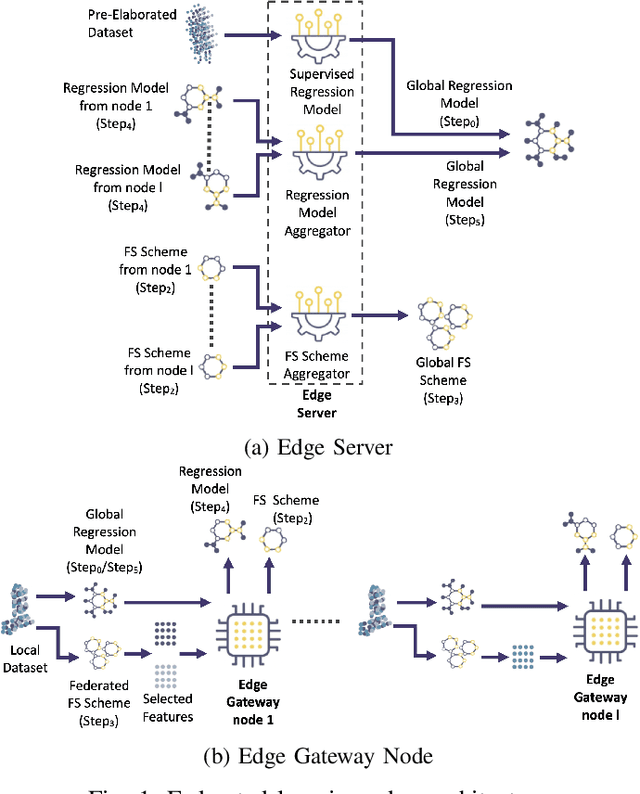

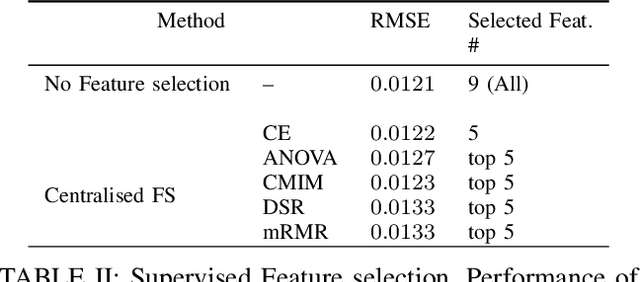

Abstract:Automatic traffic classification is increasingly becoming important in traffic engineering, as the current trend of encrypting transport information (e.g., behind HTTP-encrypted tunnels) prevents intermediate nodes from accessing end-to-end packet headers. However, this information is crucial for traffic shaping, network slicing, and Quality of Service (QoS) management, for preventing network intrusion, and for anomaly detection. 3D networks offer multiple routes that can guarantee different levels of QoS. Therefore, service classification and separation are essential to guarantee the required QoS level to each traffic sub-flow through the appropriate network trunk. In this paper, a federated feature selection and feature reduction learning scheme is proposed to classify network traffic in a semi-supervised cooperative manner. The federated gateways of 3D network help to enhance the global knowledge of network traffic to improve the accuracy of anomaly and intrusion detection and service identification of a new traffic flow.
Actor-Critic Scheduling for Path-Aware Air-to-Ground Multipath Multimedia Delivery
Apr 28, 2022



Abstract:Reinforcement Learning (RL) has recently found wide applications in network traffic management and control because some of its variants do not require prior knowledge of network models. In this paper, we present a novel scheduler for real-time multimedia delivery in multipath systems based on an Actor-Critic (AC) RL algorithm. We focus on a challenging scenario of real-time video streaming from an Unmanned Aerial Vehicle (UAV) using multiple wireless paths. The scheduler acting as an RL agent learns in real-time the optimal policy for path selection, path rate allocation and redundancy estimation for flow protection. The scheduler, implemented as a module of the GStreamer framework, can be used in real or simulated settings. The simulation results show that our scheduler can target a very low loss rate at the receiver by dynamically adapting in real-time the scheduling policy to the path conditions without performing training or relying on prior knowledge of network channel models.
AI-as-a-Service Toolkit for Human-Centered Intelligence in Autonomous Driving
Feb 09, 2022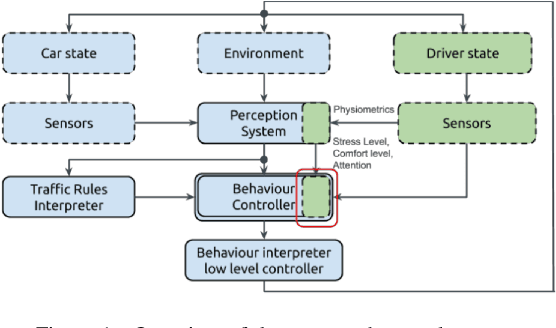
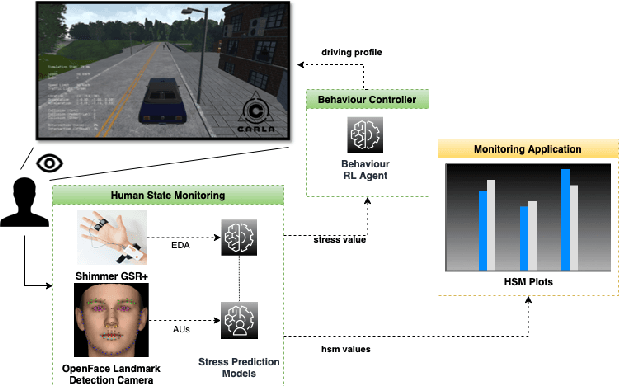
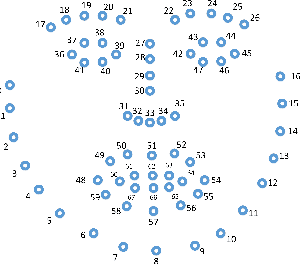
Abstract:This paper presents a proof-of-concept implementation of the AI-as-a-Service toolkit developed within the H2020 TEACHING project and designed to implement an autonomous driving personalization system according to the output of an automatic driver's stress recognition algorithm, both of them realizing a Cyber-Physical System of Systems. In addition, we implemented a data-gathering subsystem to collect data from different sensors, i.e., wearables and cameras, to automatize stress recognition. The system was attached for testing to a driving simulation software, CARLA, which allows testing the approach's feasibility with minimum cost and without putting at risk drivers and passengers. At the core of the relative subsystems, different learning algorithms were implemented using Deep Neural Networks, Recurrent Neural Networks, and Reinforcement Learning.
 Add to Chrome
Add to Chrome Add to Firefox
Add to Firefox Add to Edge
Add to Edge